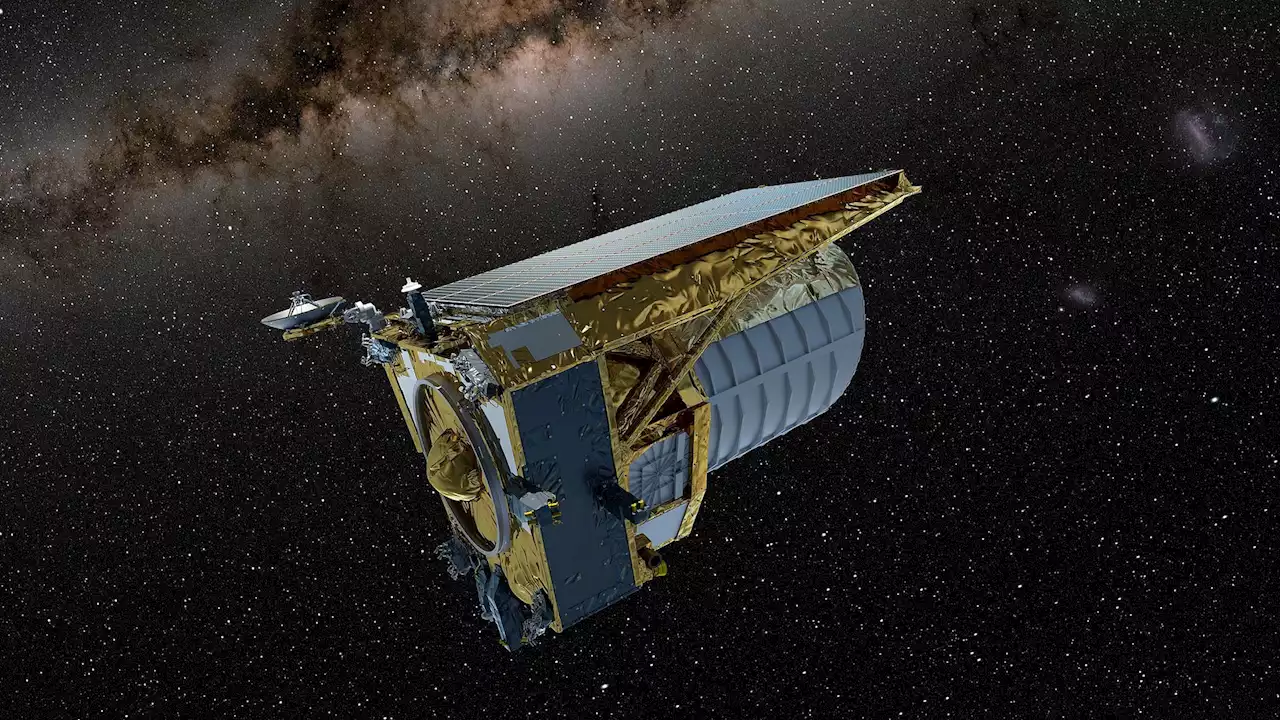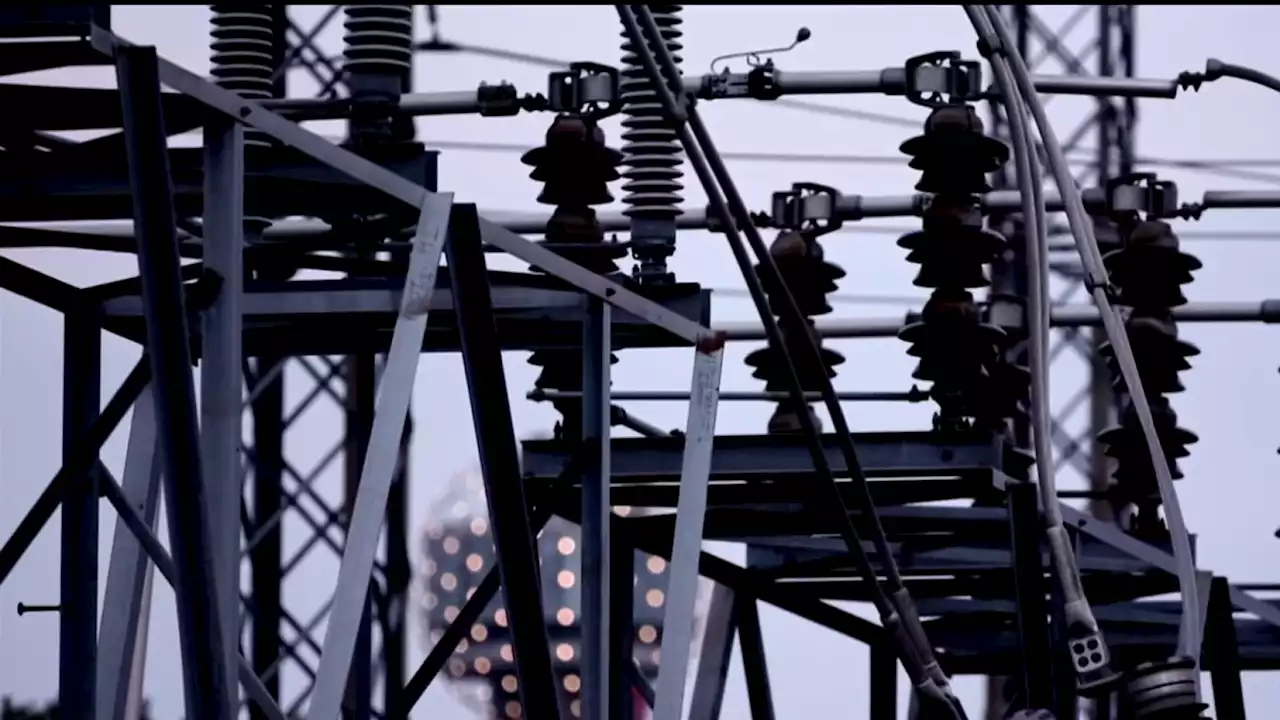Early Dark Energy Spectroscopic Instrument (DESI) release holds nearly two million objects, including distant galaxies, quasars and stars in our own Milky Way.
, the telescope uses 5,000 robotic positioners to move optical fibers that capture light from objects millions or billions of light-years away.The instrument is equipped to build a 3D cosmic map using the light interface even if the object is far.
Researchers were able to capture detailed images across 20 different directions in the sky under the spectrograph’s recent survey validation conducted by the “One-Percent Survey.” DESI created a three-dimensional map estimating 700,000 objects which represents just one percent of the total volume DESI is designed to analyze.
Previous data from the spectrograph released in April this year shed light on the instrument’s initial measurement of theStudy findings “This measurement utilized the first two months of regular survey data, not included in the early data release. It demonstrated that DESI successfully achieved its intended objectives,” the
United States Latest News, United States Headlines
Similar News:You can also read news stories similar to this one that we have collected from other news sources.
 $1.2 billion spacecraft sets off to probe dark energy and dark matter next monthDark energy and dark matter make up 95% of the universe, and Euclid could finally uncover their mystery.
$1.2 billion spacecraft sets off to probe dark energy and dark matter next monthDark energy and dark matter make up 95% of the universe, and Euclid could finally uncover their mystery.
Read more »
 First Detection of the BAO Signal from Early DESI DataWe present the first detection of the baryon acoustic oscillations (BAO) signal obtained using unblinded data collected during the initial two months of operations of the Stage-IV ground-based Dark Energy Spectroscopic Instrument (DESI). From a selected sample of 261,291 Luminous Red Galaxies spanning the redshift interval 0.4 | z | 1.1 and covering 1651 square degrees with a 57.9% completeness level, we report a ~5 sigma level BAO detection and the measurement of the BAO location at a precision of 1.7%. Using a Bright Galaxy Sample of 109,523 galaxies in the redshift range 0.1 | z | 0.5, over 3677 square degrees with a 50.0% completeness, we also detect the BAO feature at ~3 sigma significance with a 2.6% precision. These first BAO measurements represent an important milestone, acting as a quality control on the optimal performance of the complex robotically-actuated, fiber-fed DESI spectrograph, as well as an early validation of the DESI spectroscopic pipeline and data management system. Based on these first promising results, we forecast that DESI is on target to achieve a high-significance BAO detection at sub-percent precision with the completed 5-year survey data, meeting the top-level science requirements on BAO measurements. This exquisite level of precision will set new standards in cosmology and confirm DESI as the most competitive BAO experiment for the remainder of this decade.
First Detection of the BAO Signal from Early DESI DataWe present the first detection of the baryon acoustic oscillations (BAO) signal obtained using unblinded data collected during the initial two months of operations of the Stage-IV ground-based Dark Energy Spectroscopic Instrument (DESI). From a selected sample of 261,291 Luminous Red Galaxies spanning the redshift interval 0.4 | z | 1.1 and covering 1651 square degrees with a 57.9% completeness level, we report a ~5 sigma level BAO detection and the measurement of the BAO location at a precision of 1.7%. Using a Bright Galaxy Sample of 109,523 galaxies in the redshift range 0.1 | z | 0.5, over 3677 square degrees with a 50.0% completeness, we also detect the BAO feature at ~3 sigma significance with a 2.6% precision. These first BAO measurements represent an important milestone, acting as a quality control on the optimal performance of the complex robotically-actuated, fiber-fed DESI spectrograph, as well as an early validation of the DESI spectroscopic pipeline and data management system. Based on these first promising results, we forecast that DESI is on target to achieve a high-significance BAO detection at sub-percent precision with the completed 5-year survey data, meeting the top-level science requirements on BAO measurements. This exquisite level of precision will set new standards in cosmology and confirm DESI as the most competitive BAO experiment for the remainder of this decade.
Read more »
 Texas power grid experts predict energy demand could peak early this yearNBC 5’s Ben Russell explains Texas power grid conditions and when experts think the energy demand will peak.
Texas power grid experts predict energy demand could peak early this yearNBC 5’s Ben Russell explains Texas power grid conditions and when experts think the energy demand will peak.
Read more »
 Millions of galaxies captured to help create 3D map of the universeThis is a 3D map of a corner of the universe created by British astronomers using the DESI, or the The Dark Energy Spectroscopic Instrument super telescope.
Millions of galaxies captured to help create 3D map of the universeThis is a 3D map of a corner of the universe created by British astronomers using the DESI, or the The Dark Energy Spectroscopic Instrument super telescope.
Read more »
 ‘Orion and the Dark’ in the Works at DreamWorks AnimationThe feature, based on the book by Emma Yarlett, follows a boy who is afraid of the dark and will come to Netflix in 2024, it was announced Tuesday at the Annecy Animation Festival.
‘Orion and the Dark’ in the Works at DreamWorks AnimationThe feature, based on the book by Emma Yarlett, follows a boy who is afraid of the dark and will come to Netflix in 2024, it was announced Tuesday at the Annecy Animation Festival.
Read more »
 Diablo’s dark world finally gets the villain it deservesA closer look at Lilith.
Diablo’s dark world finally gets the villain it deservesA closer look at Lilith.
Read more »
